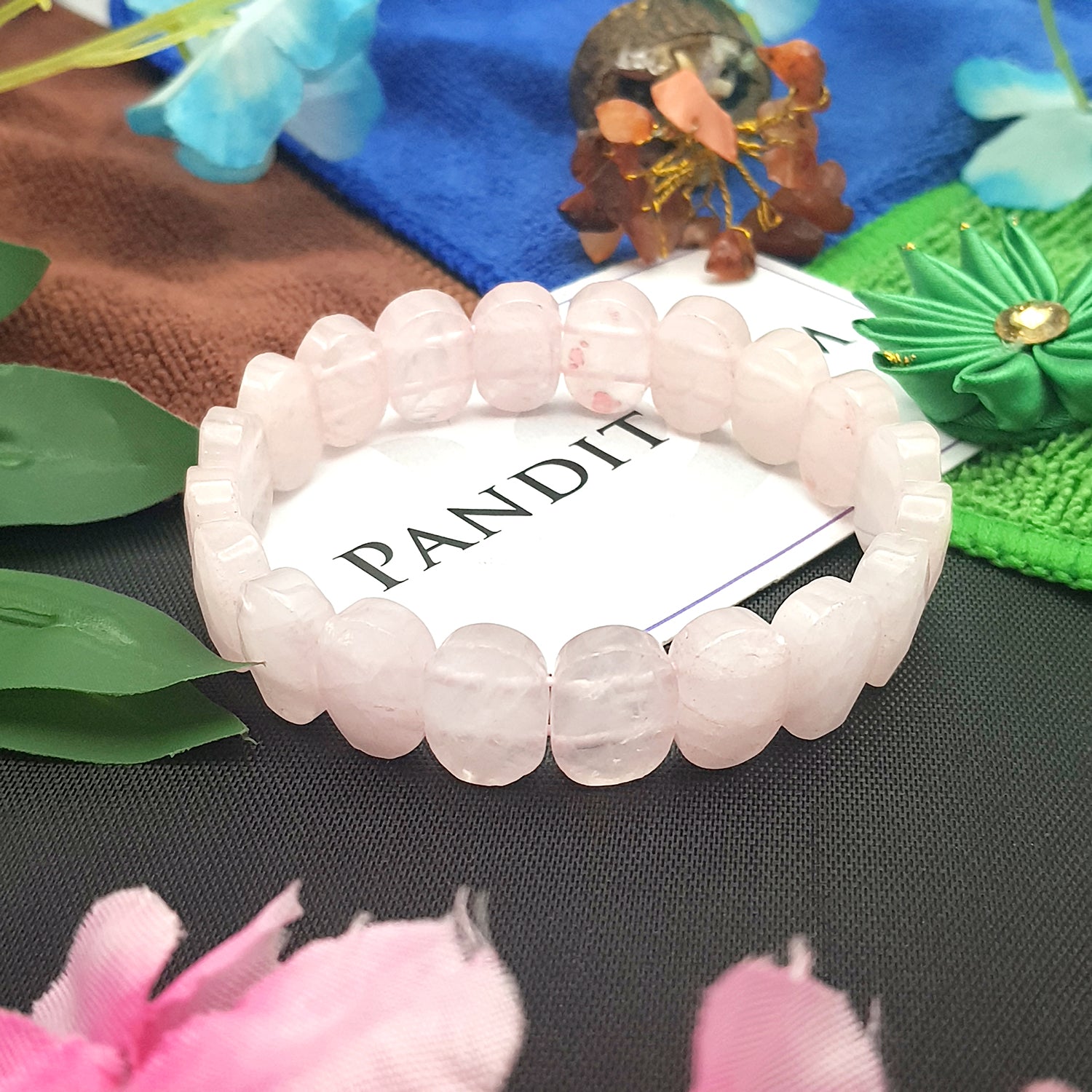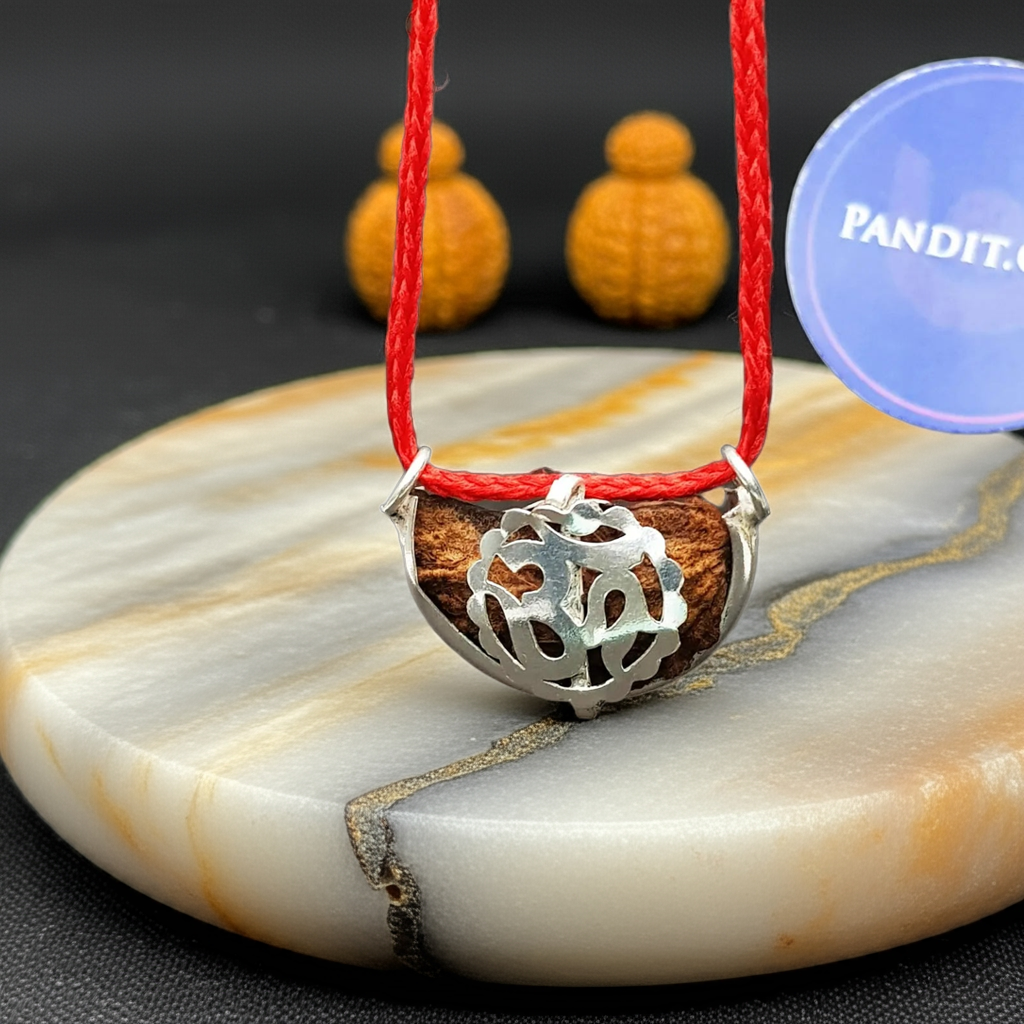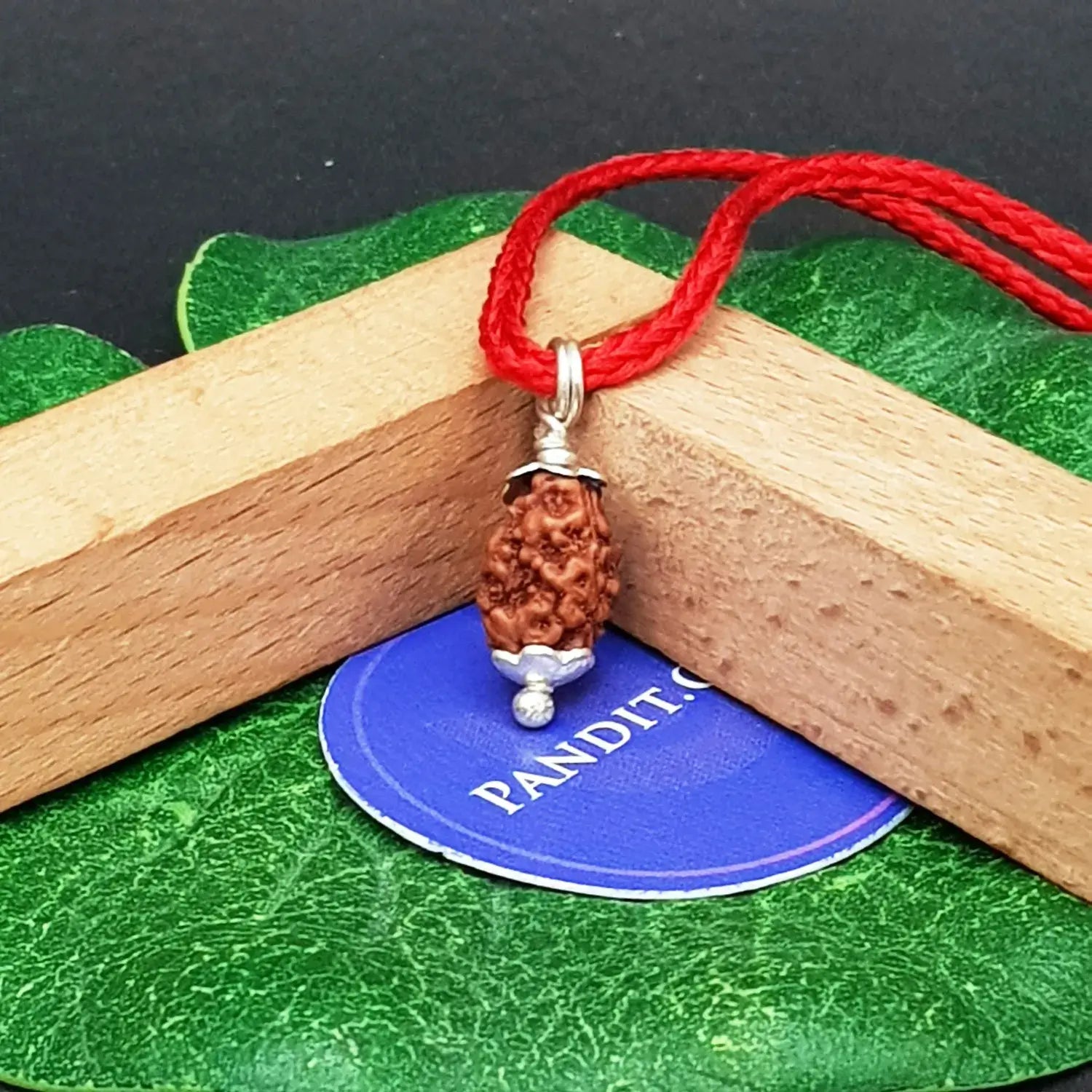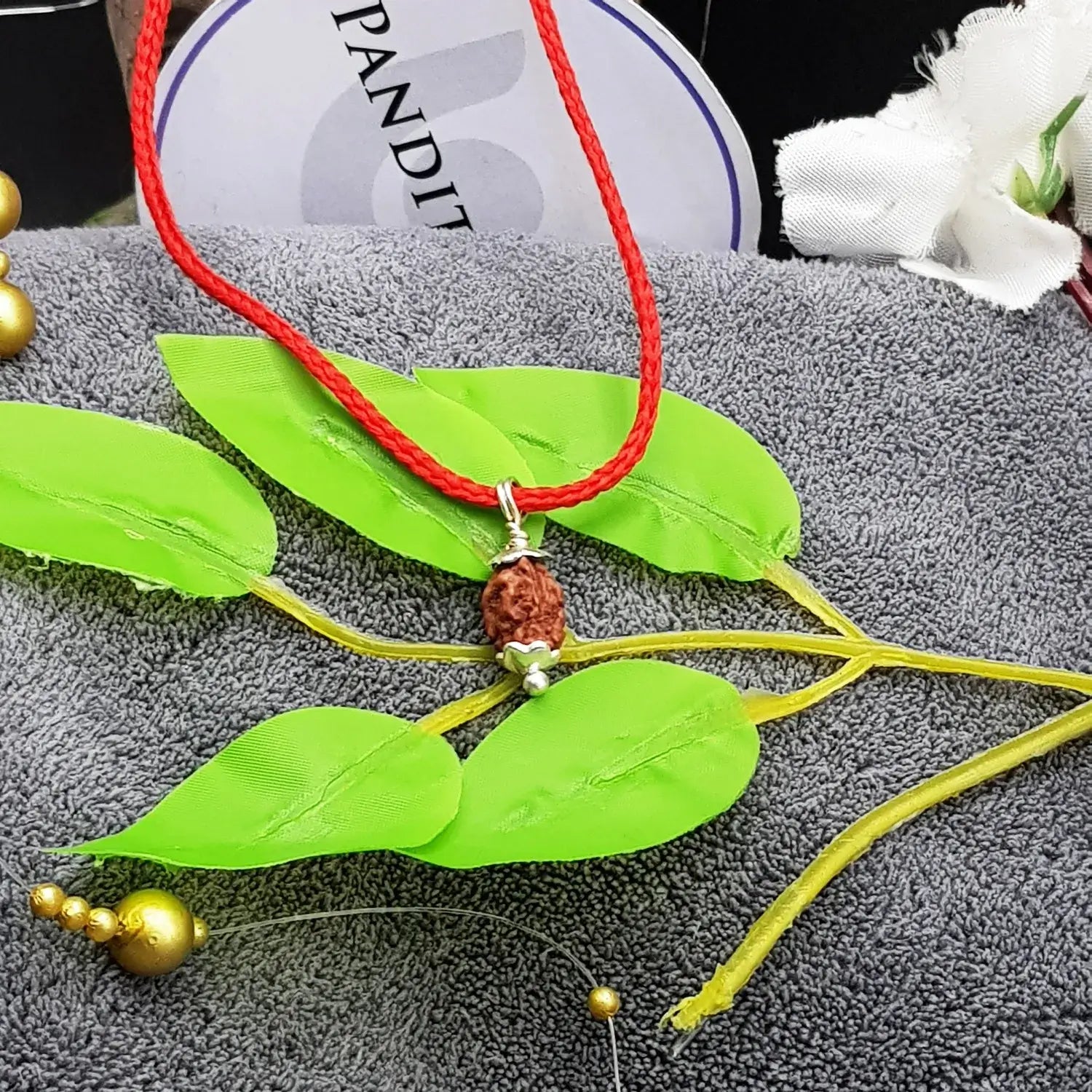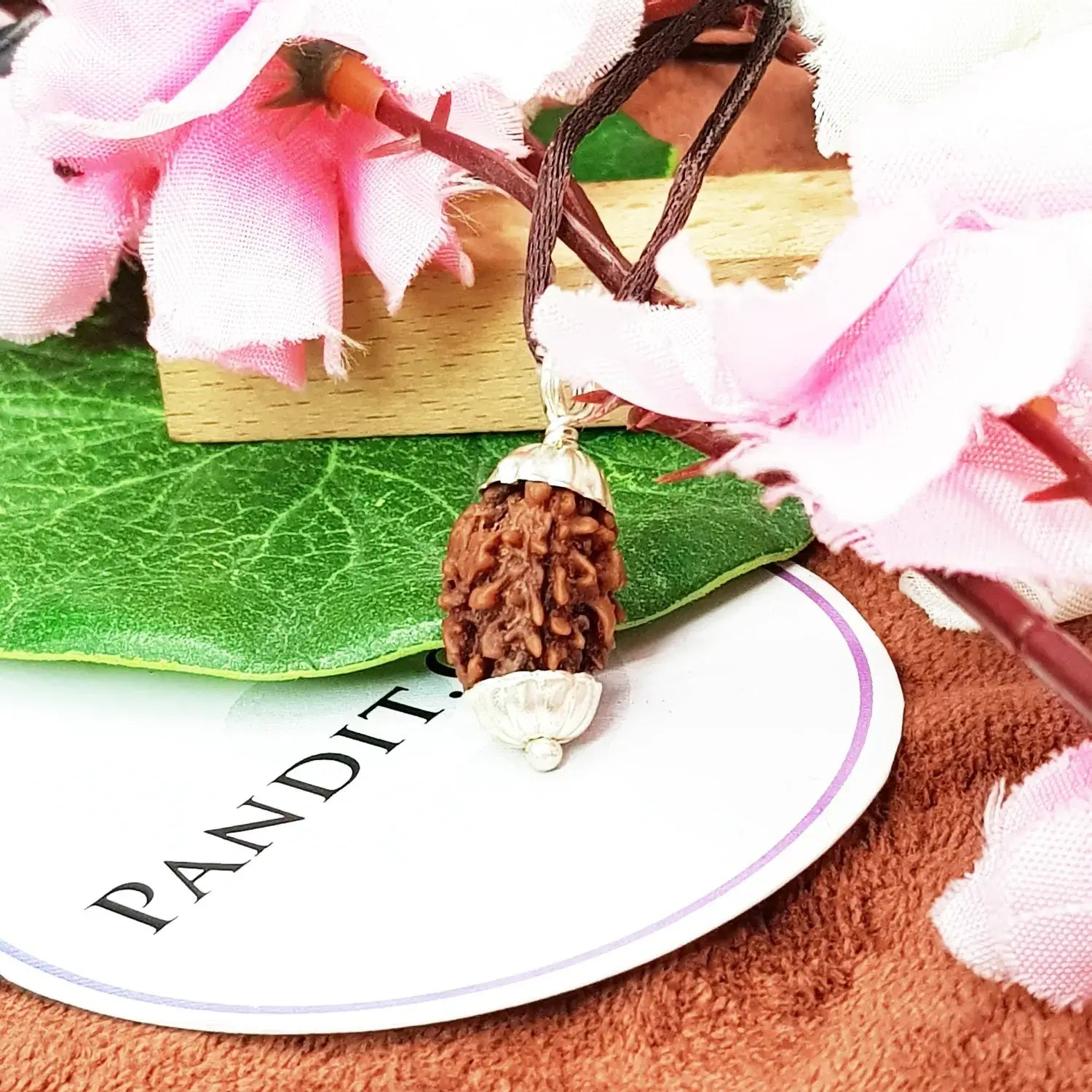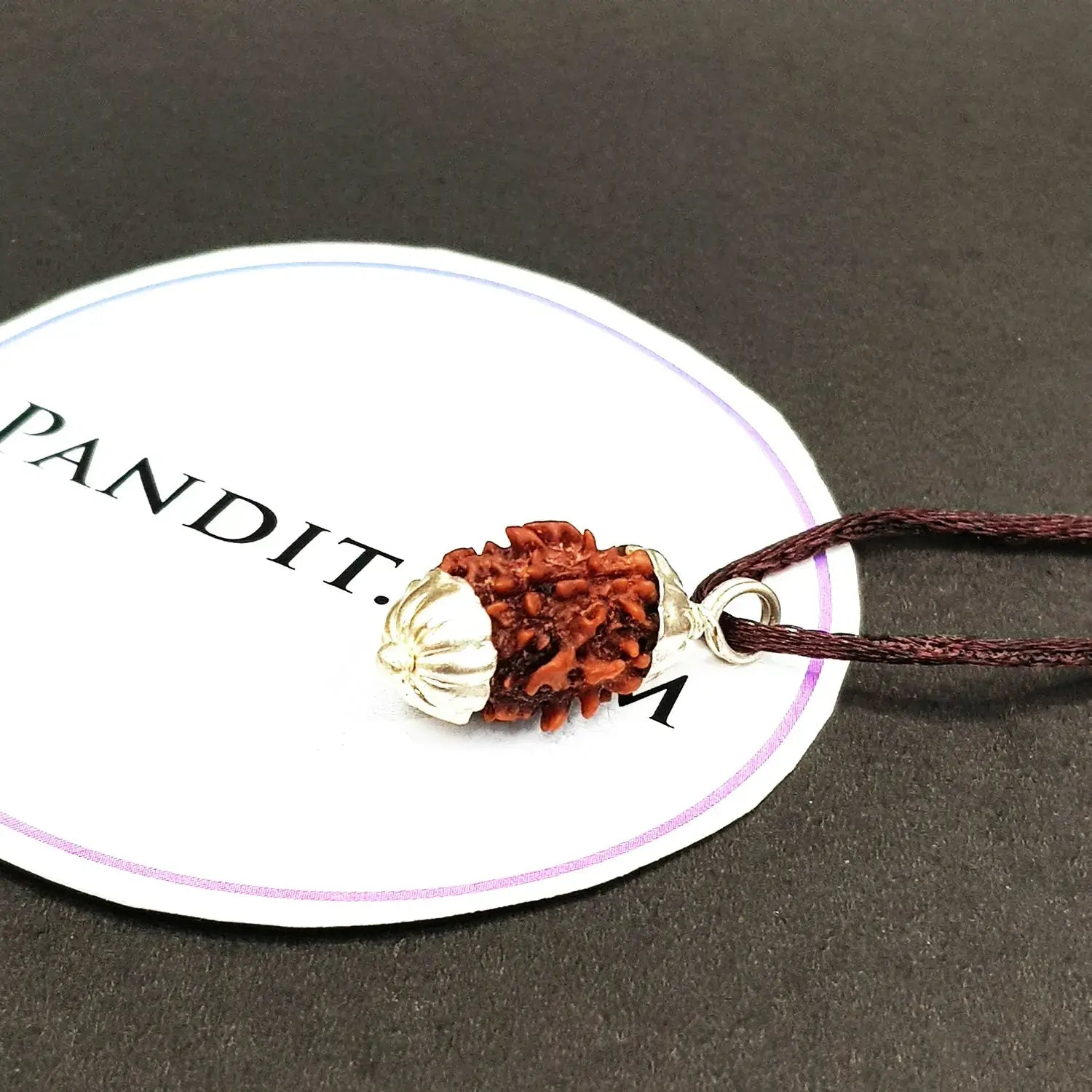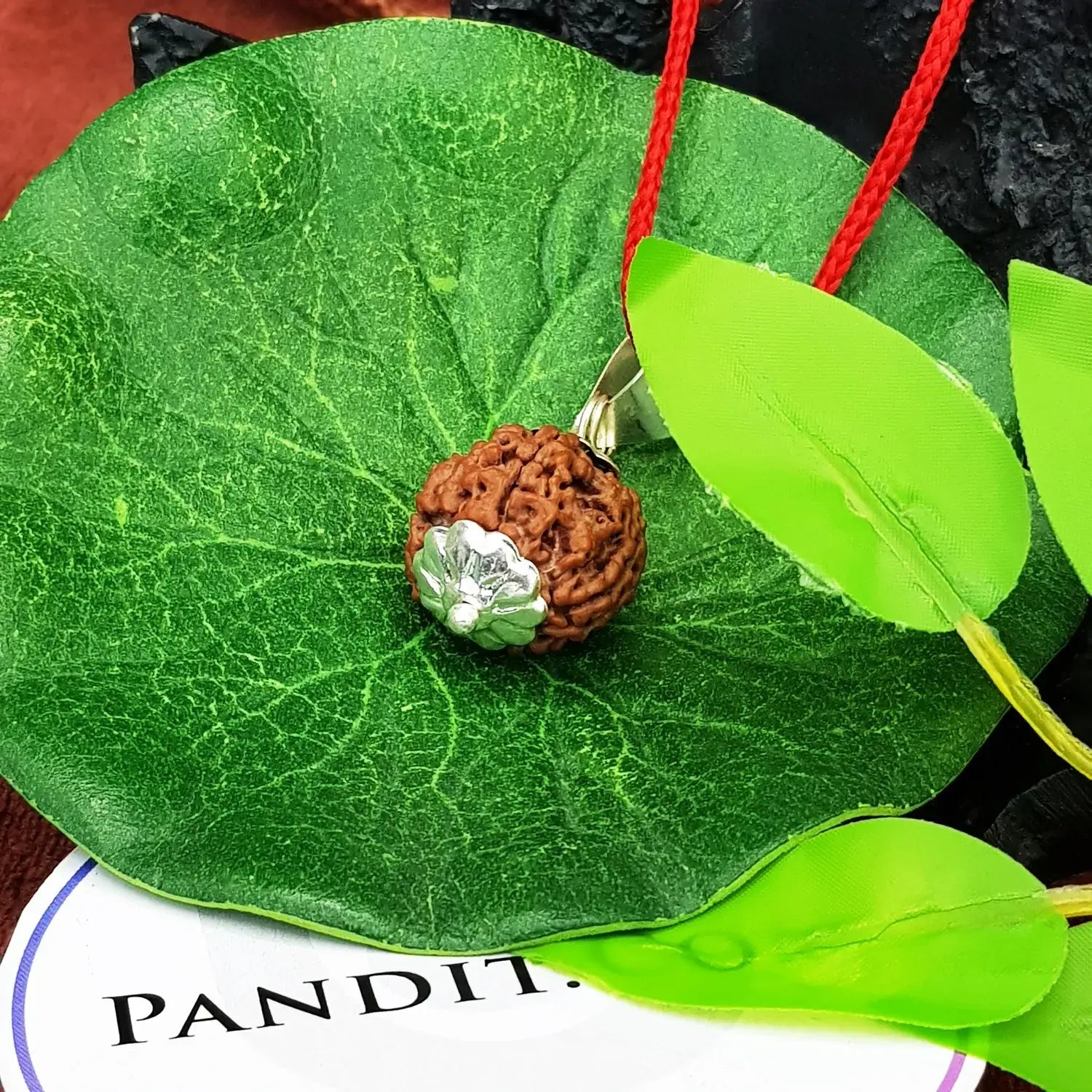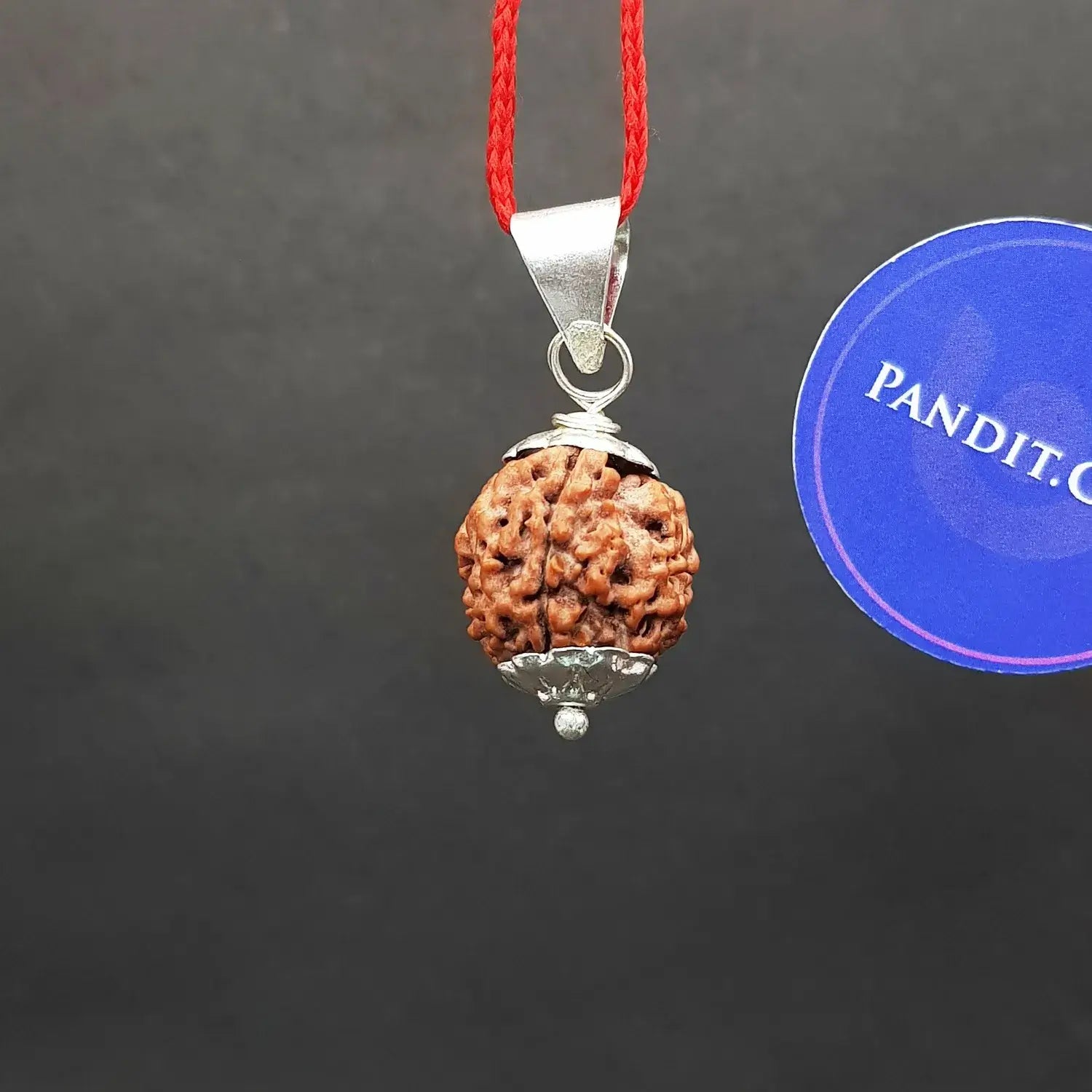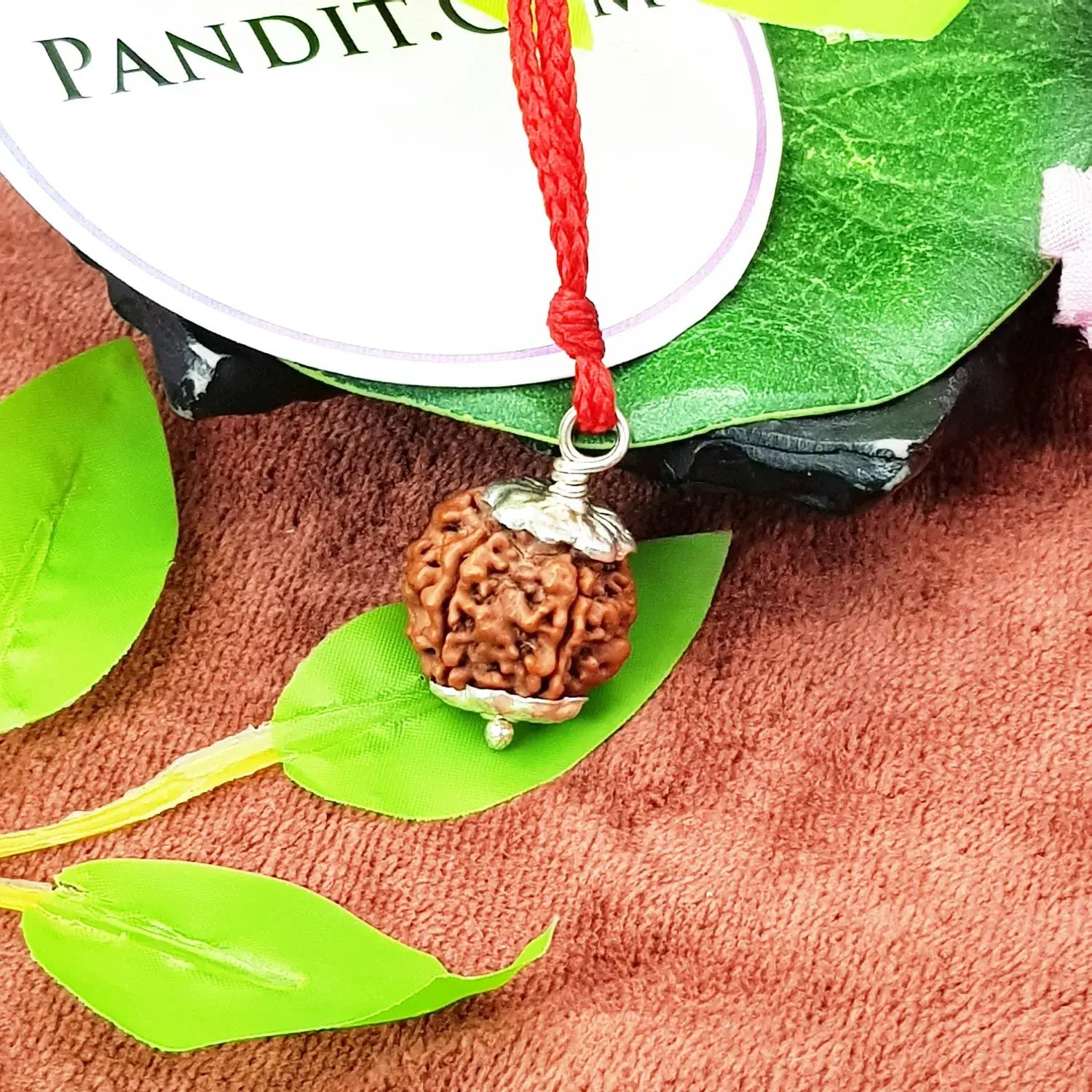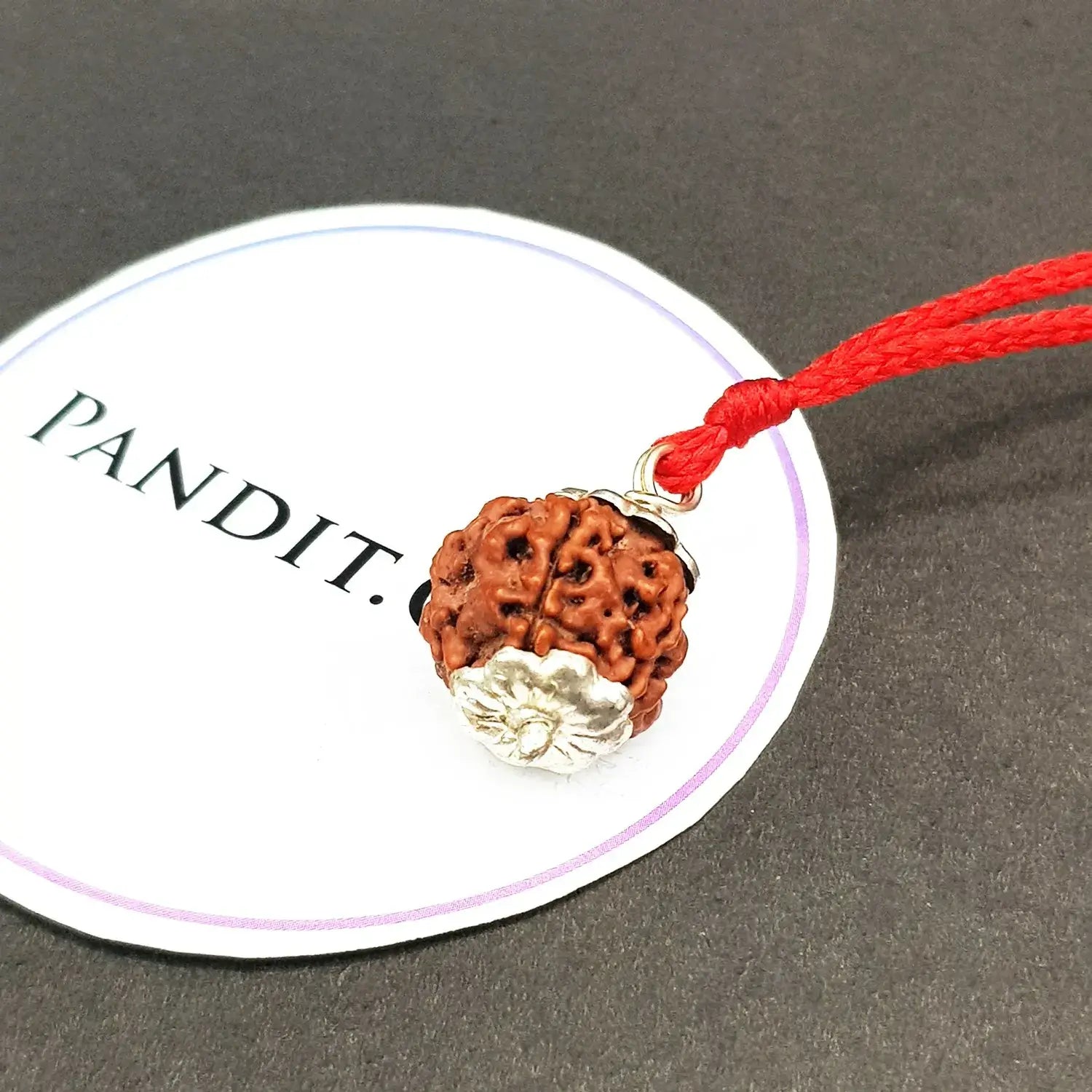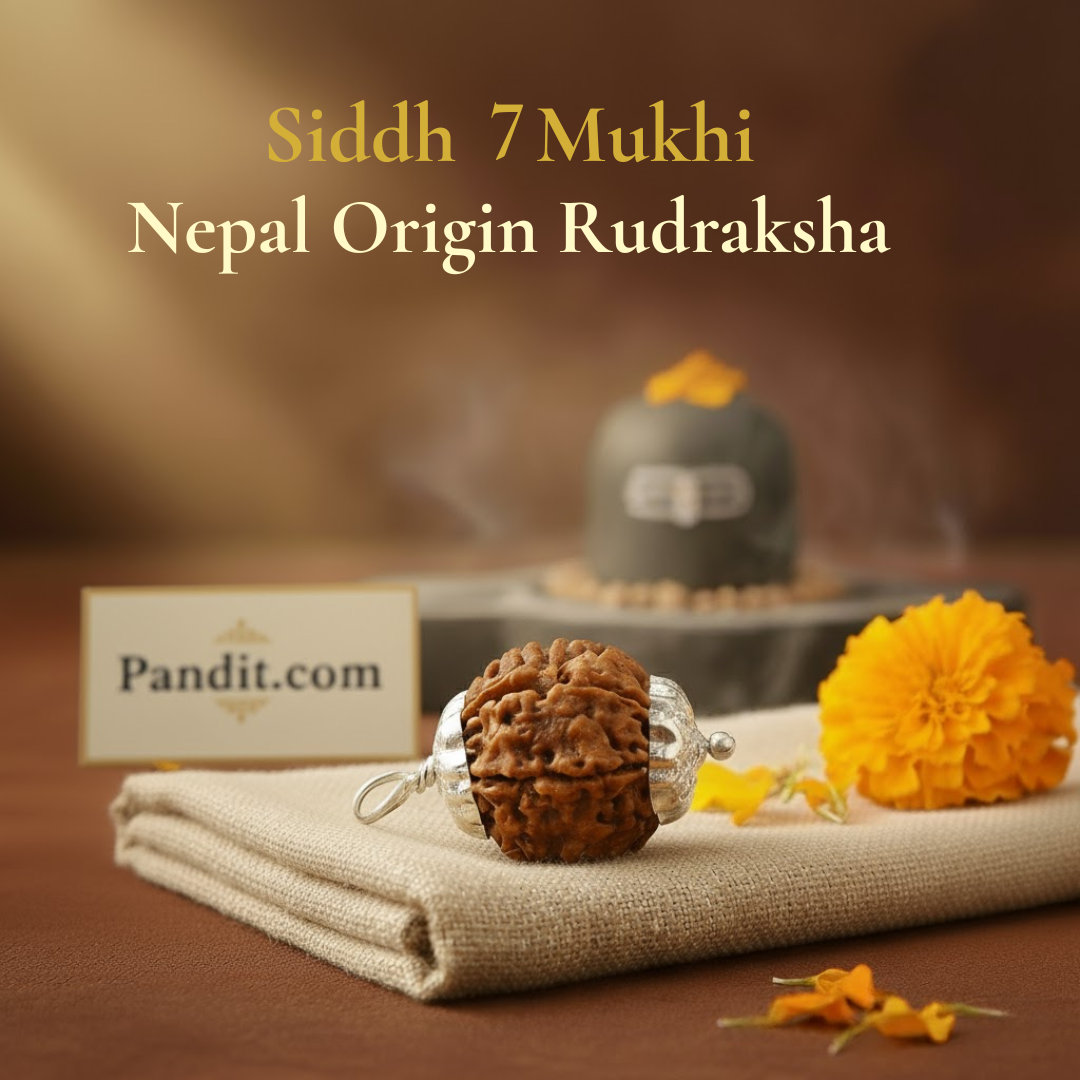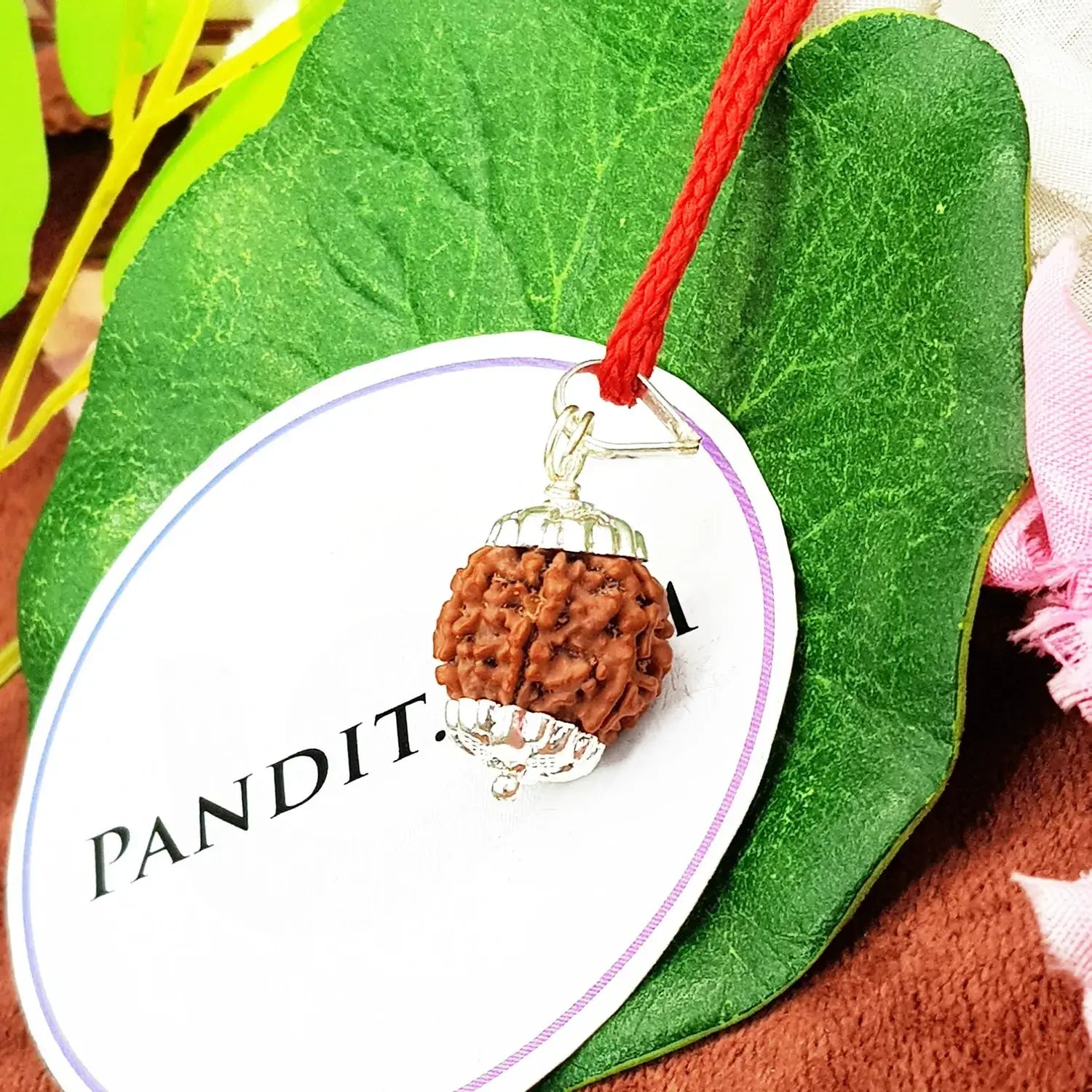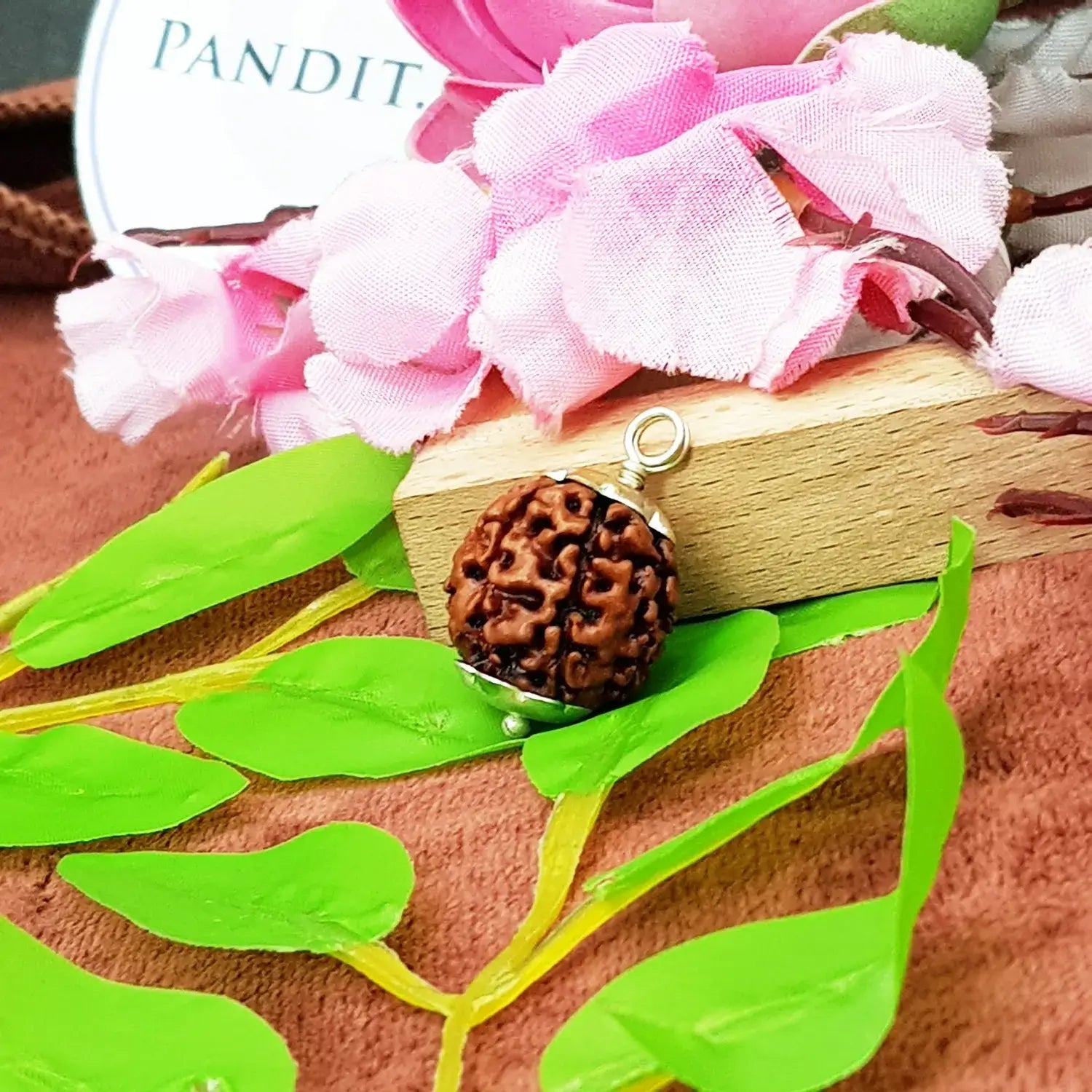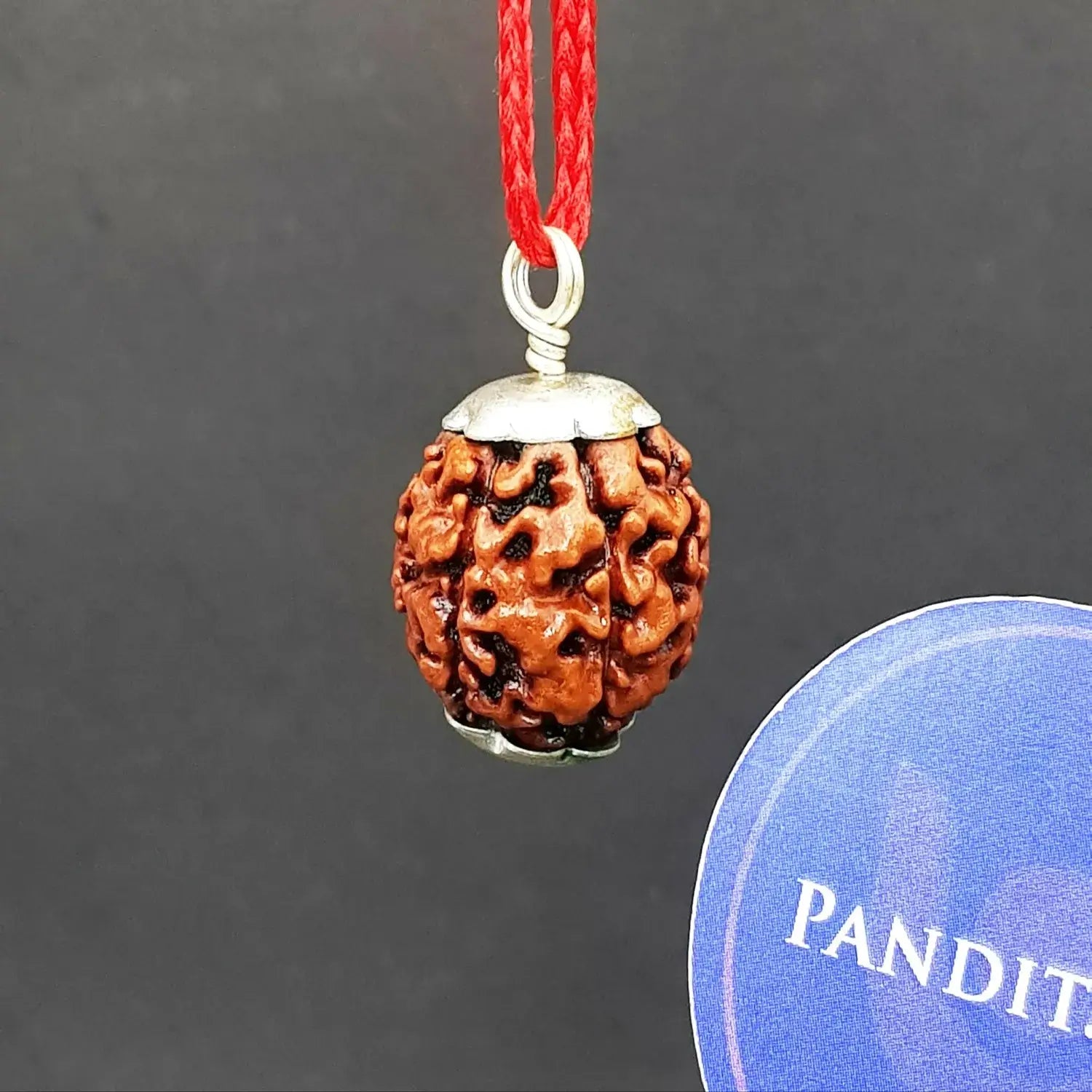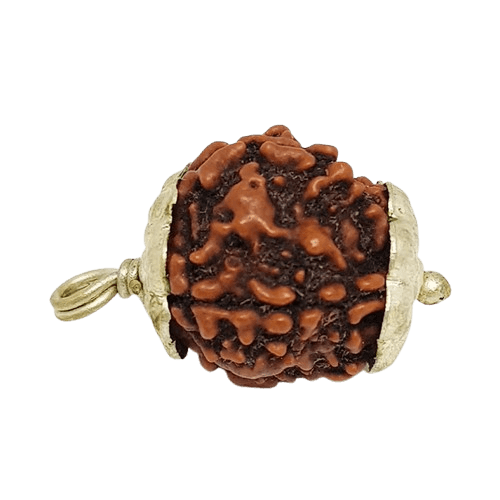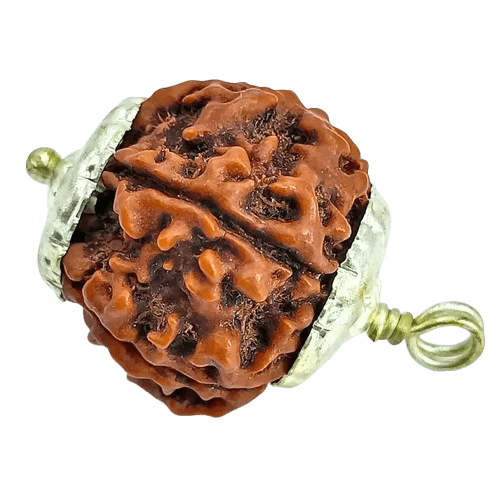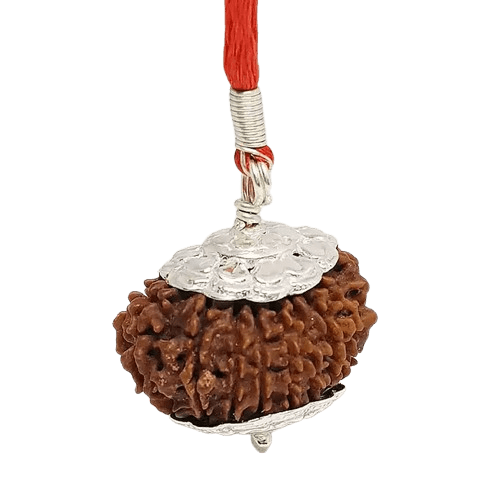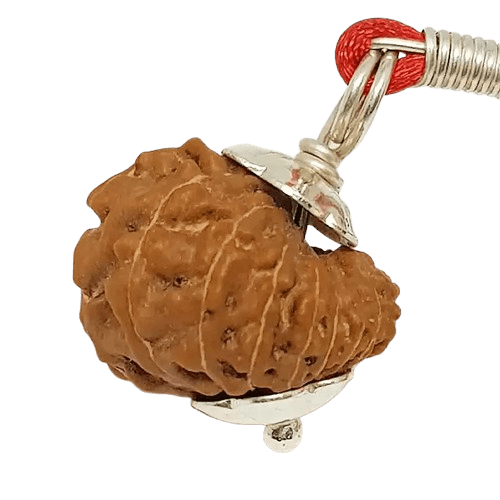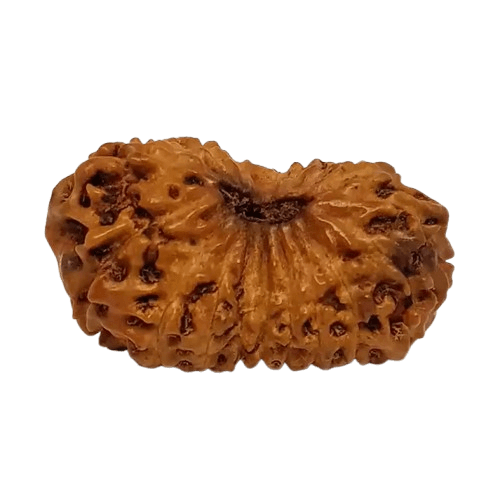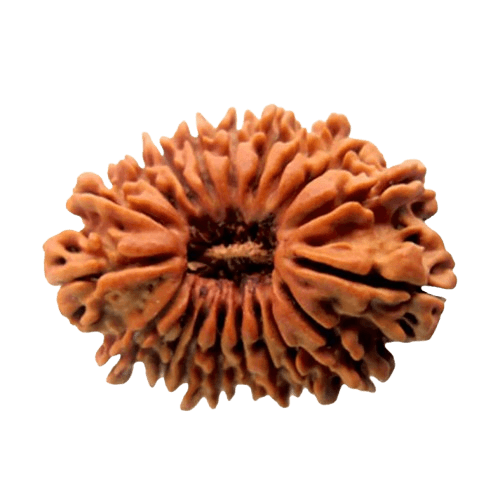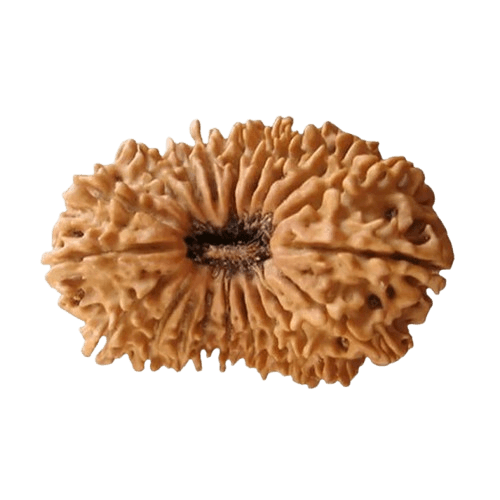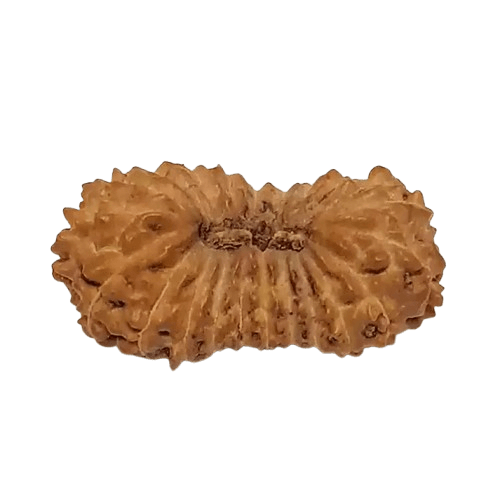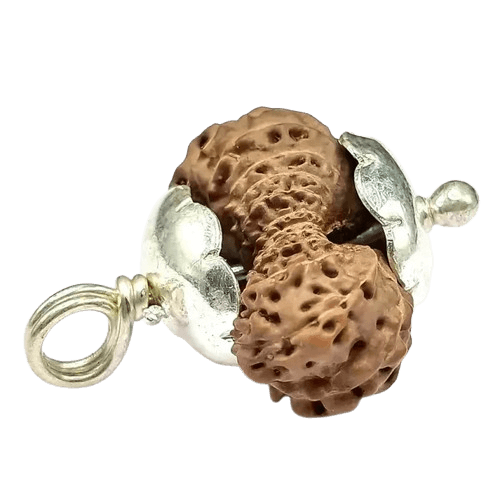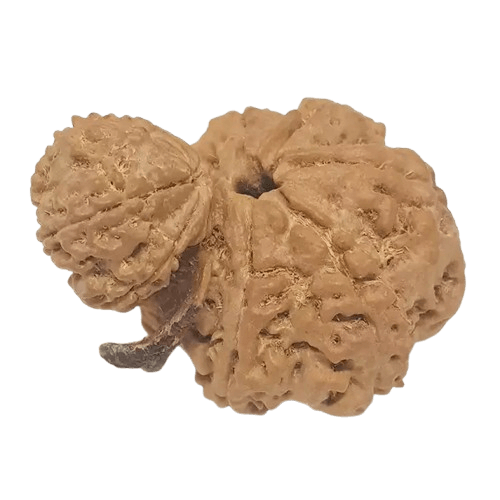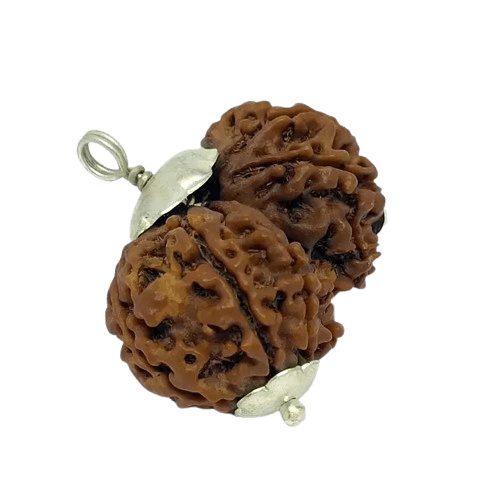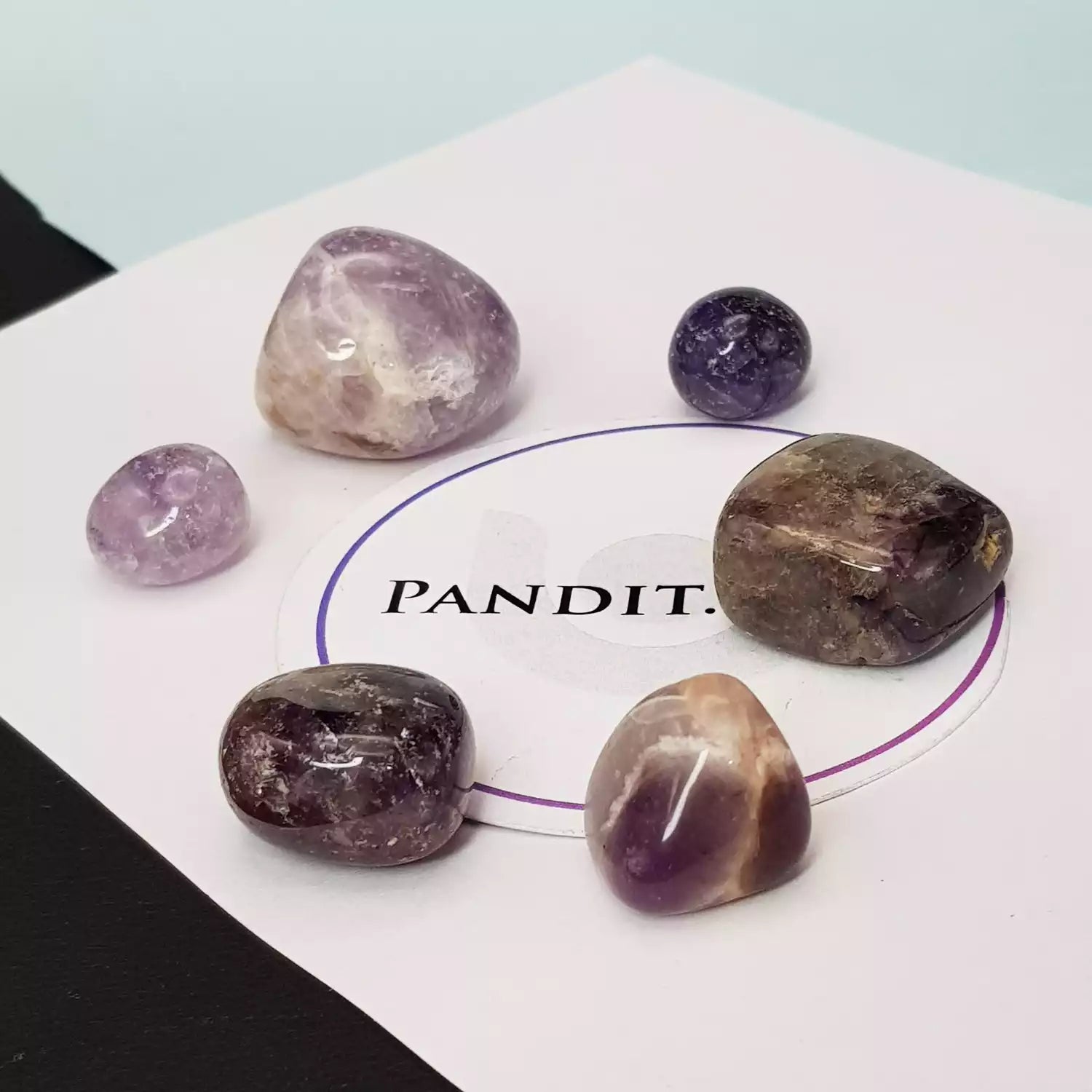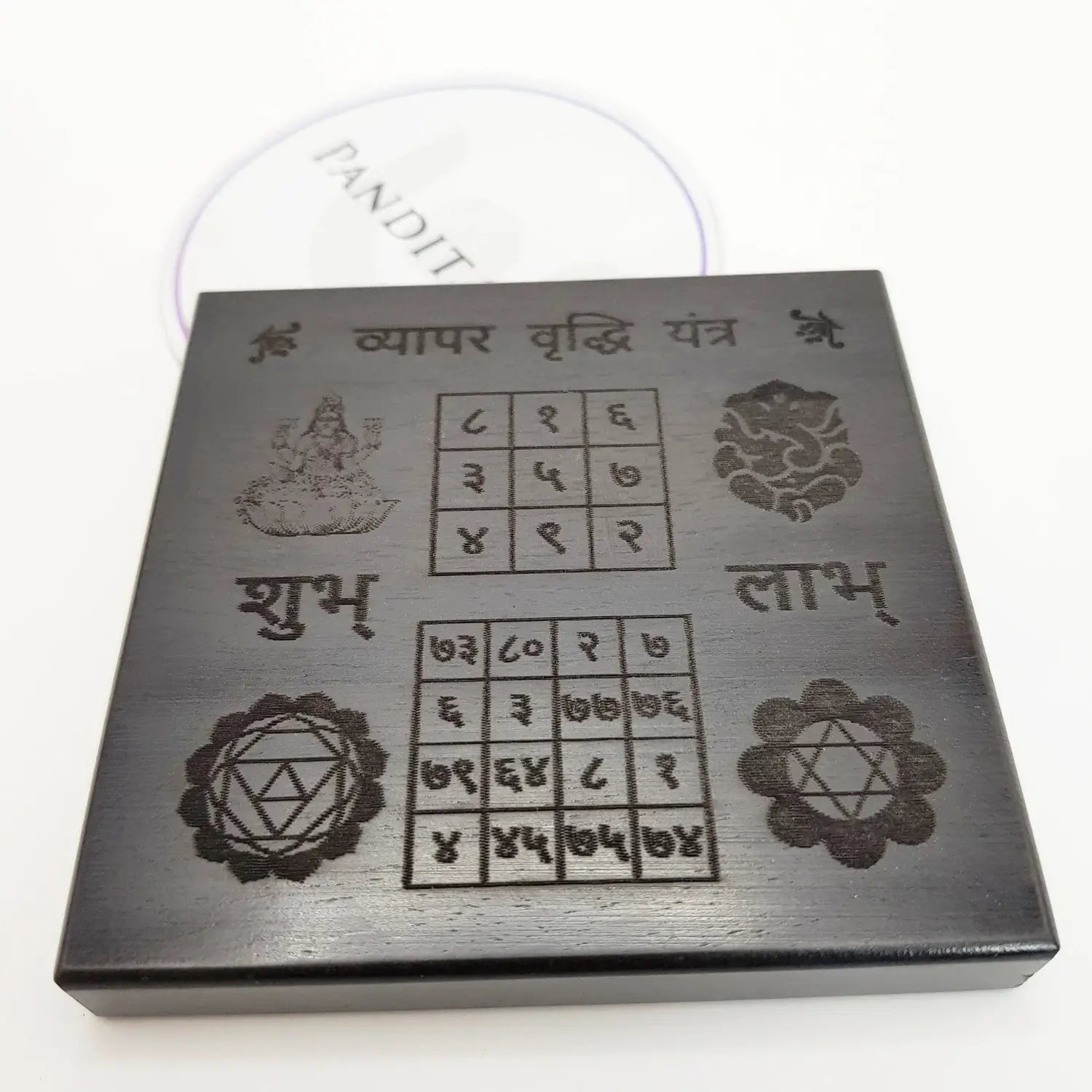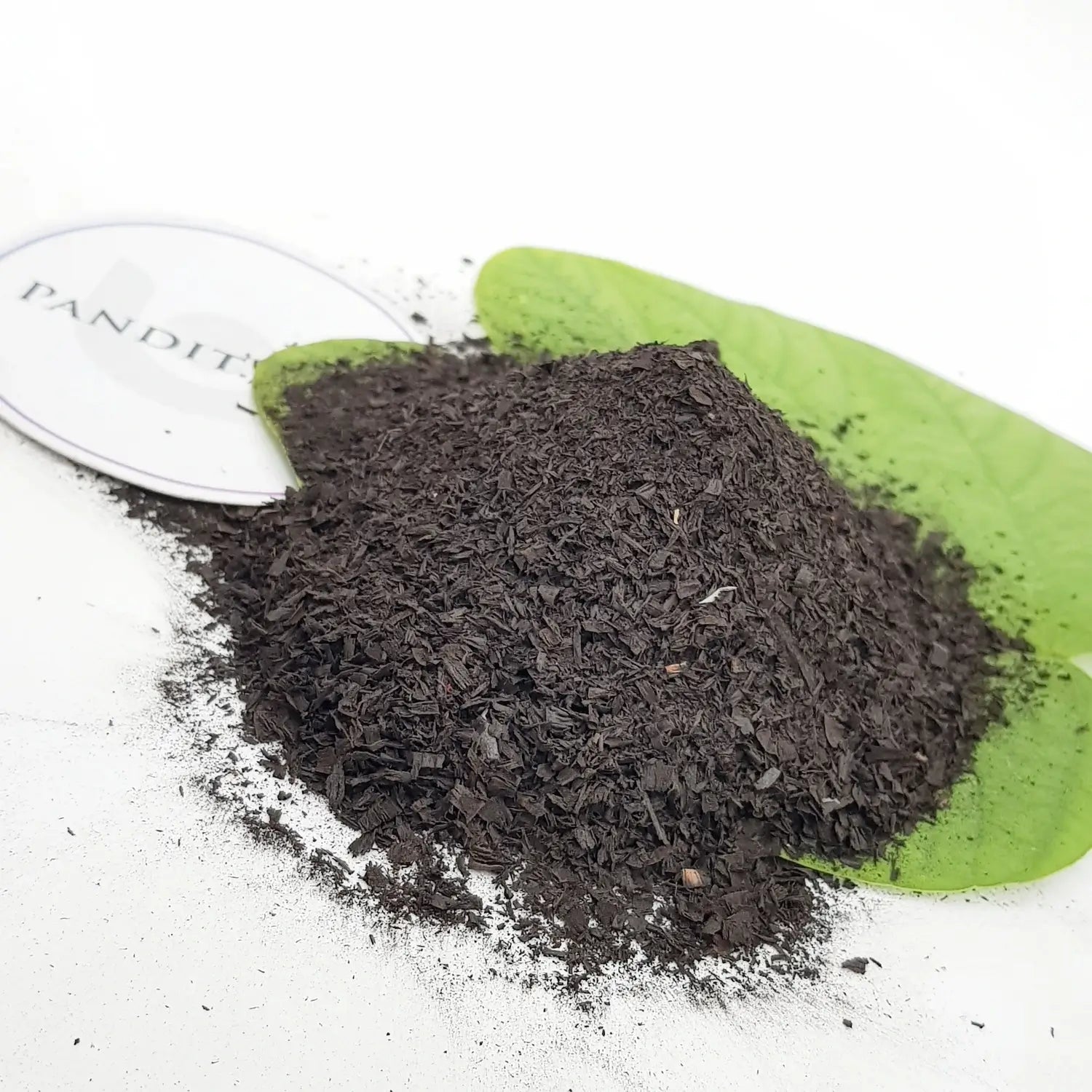Mahashivratri 2025

First Prahar Puja
06:19 PM – 09:26 PM, Feb 26, 2025
"आत्मःतत्त्वा शिवाज्ञान शिवापूजा तत पूरामः।"
महत्व: मन और शरर की शद्धि, भधि की धिए आत्म की यार कीरन ।
How to Worship:
- Begin with deep meditation, chanting Om Namah Shivaya to purify your mind and soul.
- Offer Gangajal, raw milk, and sacred water to the Shivling as an act of cleansing.
- Decorate the Shivling with Bel Patra (Bilva leaves), which pleases Lord Shiva.
- Light a diya (lamp) and offer incense and flowerswhile chanting Shiva mantras.
Abhishek Offerings:
- Water (Gangajal) – For purification and cleansing of negative energy.
Raw milk – Symbolizes nourishment and divine blessings. - Bilva leaves – Considered Shiva’s favorite, representing purity and devotion.

Second Prahar
09:26 PM – 12:34 AM, Feb 27, 2025
" अहंकार विनाशाय, भक्ताना मोक्षदायकामो।"
मोहंत्: अहंकार का त्याग, दिव्या चेतना का अपनाना
How to Worship:
- Recite the Maha Mrityunjaya Mantra to seek protection from misfortunes.
- Perform Abhishek using curd/yogurt, symbolizing peace and coolness.
- Offer white rice and sugar to seek blessings for prosperity.
- Keep your thoughts pure and focused on Shiva’s divine presence.
Abhishek Offerings:
- Curd/Yogurt – Symbolizes cooling and mental stability.
- White rice and sugar – Offered for peace and fulfillment of desires.

Third Prahar
12:34 AM – 03:41 AM, Feb 27, 2025
"ताण्ड तास्य दाशास्य, संसंर भय नाशानामो।"
मोहंत्: – दिव का तडव का समया नाकारत्मकात का ना और आध्यादित्मका जागरण
How to Worship:
- Offer ghee in the Abhishek, symbolizing energy and divine power.
- Chant the Rudra Ashtakam or Shiva
Panchakshari mantra with Rudraksha mala to invoke lessings. - Meditate in silence, focusing on inner
transformation and self-realization. - Seek forgiveness for past mistakes and ask for divine guidance in life.
Abhishek Offerings:
- Ghee (clarified butter) – Represents strength, vitality, and divine energy.

Fourth Prahar
03:41 AM – 06:48 AM, Feb 27, 2025
"विशाध्यना परमो मोविक्तादायकामो।"
मोहंत्: मक्ष परदि त और दिव का! परम कृपा |
How to Worship:
- Perform Abhishek using honey, symbolizing sweetness, love, and divine grace.
- Offer sandalwood paste and dhatura flowers, which are sacred to Shiva.
- Pray for peace, wisdom, and liberation from material attachments.
- End with Shiv Ji Aarti and express gratitude to Lord Shiva.
Abhishek Offerings:
- Honey – Represents sweetness and divine grace.
- Sandalwood paste – Offers cooling energy and
serenity.
Shiv Purana Shlokas on Completing Fasting & Worship
शिवपुराण (Shiva Purana) कहता है:
" रात्रिं तु जागरं यस्तु, शिवपूजां करोति च ।
सर्वपापविनिर्मुक्तः, शिवसायुज्यमाप्नुयात् ॥"
(One who stays awake on Shivratri night and worships Shiva is freed from all sins and attains union with Shiva.)
फल प्राप्ति श्लोकः
"शिवरात्रिव्रतं यस्तु, सम्यक् कुर्याद् विधानतः ।
सर्वपापविनिर्मुक्तः, शिवलोकं स गच्छति ॥
(One who observes the Shivratri fast properly is freed from all past sins and attains Shiva Loka.)
महाशिवरात्रि चारों प्रहर की संपूर्ण आरतियां
Hindi
English
पहला प्रहर आरती (संध्या) - शिव आरती
ब्रह्मा विष्णु सदाशिव, अद्धांगी धारा
एकानन चतुरानन पंचानन राजे
हंसान गरुड़ वृषवाहन सोहे (जय शिव ओंकारा... 1)
दो भुज चार भुज दस भुज अति सोहे
त्रिशूल डमरू चंद्र गंगा विराजे (जय शिव ओंकारा... 2)
नाग जटा मुकुट विराजे त्रिपुंड तिलका
विषधारी कंठ महाकाल सुहावे (जय शिव ओंकारा... 3)
धूप दीप फल आरती भोग लगाएं
संतन करता आनंद नित्यानंद दास गाए (जय शिव ओंकारा ... 4)
दूसरा प्रहर आरती (रात्रि) - महामृत्युंजय आरती
उर्वारुकमिव बन्धनान् मृत्योर्मुक्षीय मामृतात्
नमः शिवाय शान्ताय कारणत्रय हेतवे
निवेदयामि राजेन्द्रं स्नानं समर्पयाम्यहम्
ॐ हर हर महादेव, काल भैरवाय नमः
क्षिप्रं मे शरणं गच्छ भय नाशाय मे प्रभो
तीसरा प्रहर आरती (मध्यरात्रि) - रुद्र आरती
करुणामय, त्रिलोकनाथ
शक्ति सहित शिवजी की आरती गाएं
मंद मंद मुस्काएं भोलेनाथ
नन्दिके वाहन बैठि के आए
भक्त जनों के संकट काटे
काल के वक्त से जीवन निकले
जो तेरी शरण में आए
चौथा प्रहर आरती (प्रातःकाल ) - मंगल आरती
संसारसारं भुजगेन्द्रहारम्
सदा वसन्तं हृदयारविन्दे
भवं भवानी सहितं नमामि
शिवाय नमः ॐ नमः शिवाय
मंगलकारी शंभु महादेव
शरणागतं पाहि पाहि प्रभो आनंदरूप दर्शन प्रदाता
First Prahar Aarti (Evening) – Shiva Aarti
Brahma Vishnu Sadashiva, Ardhangi Dhara (Jai Shiv Omkara... 1)
Ekanana Chaturanana Panchanana Raje
Hansana Garuda Vrusha Vahan Sohaye (Jai Shiv Omkara... 2)
Do Bhuj Chaturbhuj Dasabhuj Ati Sohaye
Trishul Damaru Chandra Ganga Viraje (Jai Shiv Omkara... 3)
Nagajata Mukuta Viraje Tripunda Tilaka
Vishdhari Kantha Mahakal Suhavan (Jai Shiv Omkara... 4)
Dhupa Dipa Phala Arati Bhog Lagaye
Santana Karata Ananda Nityananda Dasa Gaye (Jai Shiv Omkara... 5)
Second Prahar Aarti (Night) – Maha Mrityunjaya Aarti
Urvaarukmiv Bandhanaan, Mrityor Mukshiya Maamritat!
Namah Shivay Shantaya, Karanatray Hetave
Nivedayami Rajendram, Snanam Samarpayamyaham!
Om Har Har Mahadev, Kaal Bhairavaya Namah
Kshipram Me Saranam Gachchha, Bhaya Nashaaya Me Prabho!
Third Prahar Aarti (Midnight) – Rudra Aarti
Karunamaya, Triloknatha!
Shakti Sahit Shivji Ki Aarti Gaayein
Mand Mand Muskaavein Bhole Nath!
Nandike Vahan Baithi Ke Aaye
Bhakt Jano Ke Sankat Kaate
Kaal Ke Vaktra Se Jeevan Nikale Jo Teri Sharan Mein Aaye!
Fourth Prahar Aarti (Early Morning) – Mangala Aarti
Sansara Saram Bhujagendra Haram!
Sada Vasantam Hridayaravinde
Bhavam Bhavani Sahitam Namami!
Shivay Namah Om Namah Shivaya
Mangala Kaari Shambhu Mahadeva!
Sharanagatam Pahi Pahi Prabho! Ananda Roopa Darshana Pradata
4 Sacred Stories to Hear on Mahashivratri Night for Divine Blessings!
Hindi
English
लिंगोद्भव कथा
ब्रह्मा जी ने झूठ बोलकर कहा कि उन्होंने लिंग के शीर्ष को पा लिया है और उन्होंने इसका प्रमाण देने के लिए केतकी का फूल दिखाया। तभी शिव जी लिंग से प्रकट हुए और ब्रह्मा जी के झूठ को उजागर कर दिया।
क्रोधित होकर शिव जी ने ब्रह्मा को श्राप दिया कि उनकी पूजा इस संसार में नहीं होगी और शिव पूजा में केतकी का फूल वर्जित कर दिया। इस कथा से यह सिद्ध होता है कि शिव ही परम सत्ता हैं। महाशिवरात्रि पर शिवलिंग की पूजा इस लिंगोद्भव प्रकटोत्सव की याद में की जाती है।
समुद्र मंथन कथा
सभी देवता और असुर भगवान शिव के पास सहायता के लिए पहुंचे। शिव जी ने करुणा में आकर उस विष को पी लिया लेकिन उसे अपने गले में रोक लिया और निगला नहीं। इस कारण उनका गला नीला पड़ गया और वे नीलकंठ कहलाए।
इस महान त्याग की याद में महाशिवरात्रि पर जल और दूध से अभिषेक किया जाता है, जिससे शिव जी के गले को शीतलता प्रदान की जा सके।
माँ पार्वती की तपस्या और शिव विवाह की कथा
नारद मुनि ने उन्हें महाशिवरात्रि व्रत करने का सुझाव दिया। पार्वती जी ने विधिपूर्वक इस व्रत का पालन किया, जिससे भगवान शिव प्रसन्न हुए और विवाह के लिए सहमत हो गए।
इसलिए महाशिवरात्रि पर कुंवारी कन्याएं योग्य वर पाने के लिए व्रत रखती हैं, जबकि विवाहित स्त्रियां अपने पति की लंबी उम्र और सुख-समृद्धि के लिए उपवास करती हैं।
व्याध और बेल वृक्ष की कथा
संयोगवश उस पेड़ के नीचे एक शिवलिंग था । रातभर जागते रहने के लिए वह बेलपत्र तोड़ता और नीचे गिराता रहा। अनजाने में ही उसने पूरी रात शिवलिंग की पूजा कर ली ।
सुबह होते ही भगवान शिव प्रकट हुए और उसे मोक्ष प्रदान किया। यह कथा दर्शाती है कि अनजाने में किया गया सच्ची श्रद्धा का कार्य भी भगवान शिव की कृपा प्राप्त कर सकता है।
The Story of the Infinite Shiva Lingam
Brahma transformed into a swan and flew upwards to find the top, while Vishnu became a boar (Varaha) and dug downwards to find the bottom. They searched for thousands of years but couldn’t find the limits of the Lingam.
This story highlights that Shiva is beyond all boundaries and the supreme divine force. Mahashivratri celebrates the appearance of Lord Shiva in the Lingodbhav form, and devotees worship the Shiva Lingam to honor this divine event.
The Story of Samudra Manthan and the Deadly Poison
Fearing destruction, everyone approached Lord Shiva, seeking his help. Out of compassion, Shiva drank the poison but did not swallow it. Instead, he held it in his throat, turning it blue. From that day, he became known as Neelkanth (the blue-throated one).
To honor Shiva’s great sacrifice and his protection of the universe, devotees observe Mahashivratri by offering milk and water on the Shiva Lingam, symbolizing the cooling of his throat.
The Story of Goddess Parvati’s Penance and Shiva’s Marriage
Seeing her devotion, Narad Muni advised her to observe Mahashivratri Vrat, which pleased Lord Shiva. He finally accepted her as his wife, and they were married on this auspicious night.
Even today, unmarried girls observe Mahashivratri fast to seek a husband like Lord Shiva, while married women fast for their husband’s long life and happiness.
The Story of the Hunter and the Bel Tree
Unknowingly, he was sitting above a Shiva Lingam. To stay awake, he plucked Bel leaves and dropped them to the ground. Without realizing it, he performed a night-long puja, as the leaves and his water-filled hands kept falling on the Lingam.
By morning, Lord Shiva appeared and blessed the hunter with moksha (liberation). This story signifies that even unintentional devotion can bring great blessings.
Frequently asked questions Get answers to the most common queries related to the Maha Shivratri?
Should I do a Rudraksha puja on Shivratri?
Can I pray at home if I can’t go tothe temple on Shivratri?
Why is Rudraksha so special on Shivratri?
Does it matter which Rudraksha I choose?
Can I offer Rudraksha to the ShivaLinga during puja?
Is Shivratri the right time to start wearing Rudraksha?
Can kids wear Rudraksha on Shivratri?
Are there any dos and don’t for wearing Rudraksha?
- ● Do wear it with devotion and care.
- ● Do keep it clean and avoid placing it directly on the floor.
- ● Don’t wear it if you’re consuming alcohol or non-veg foods.
- ● Don’t expose it to chemicals or dirt.



